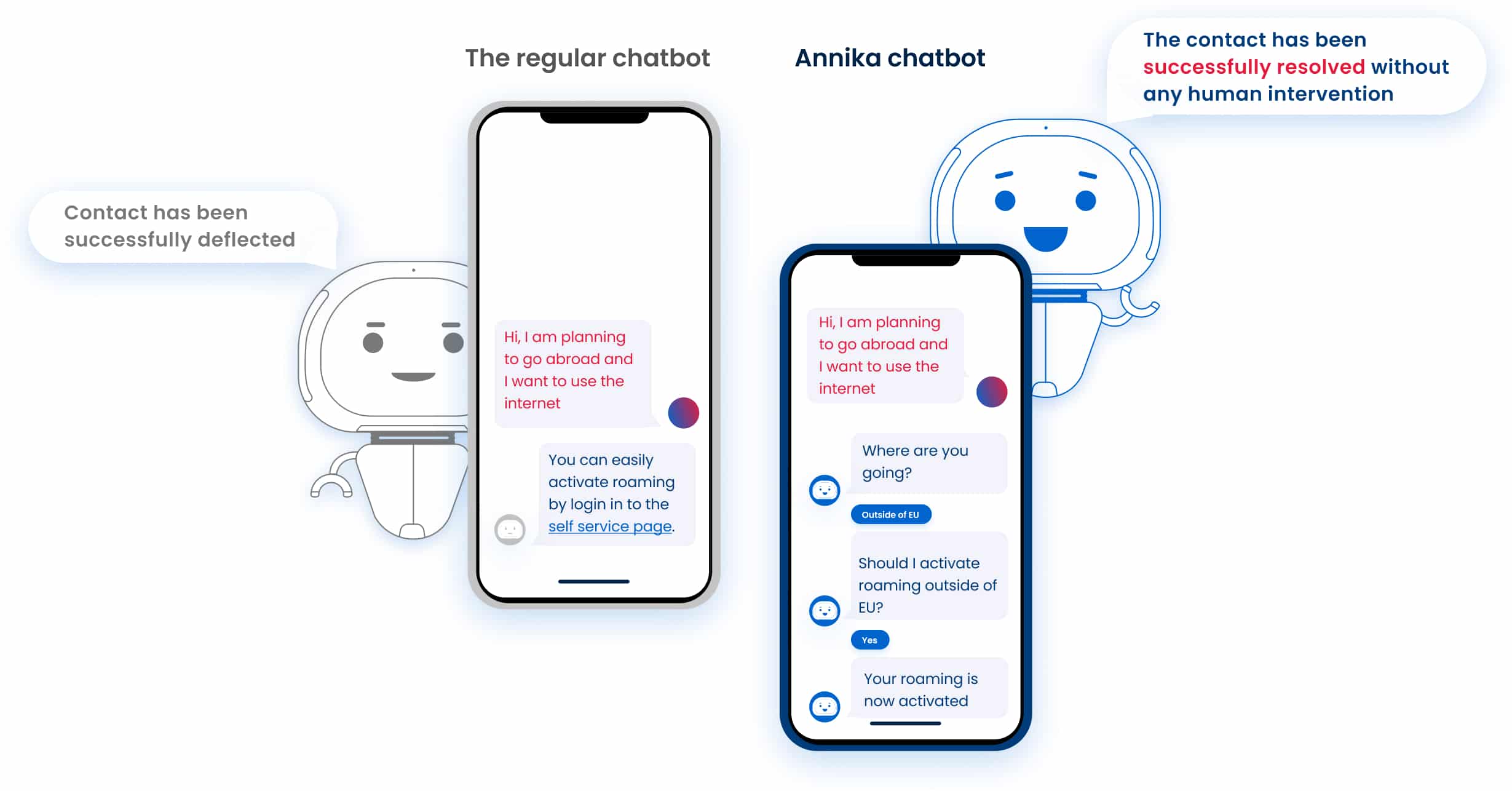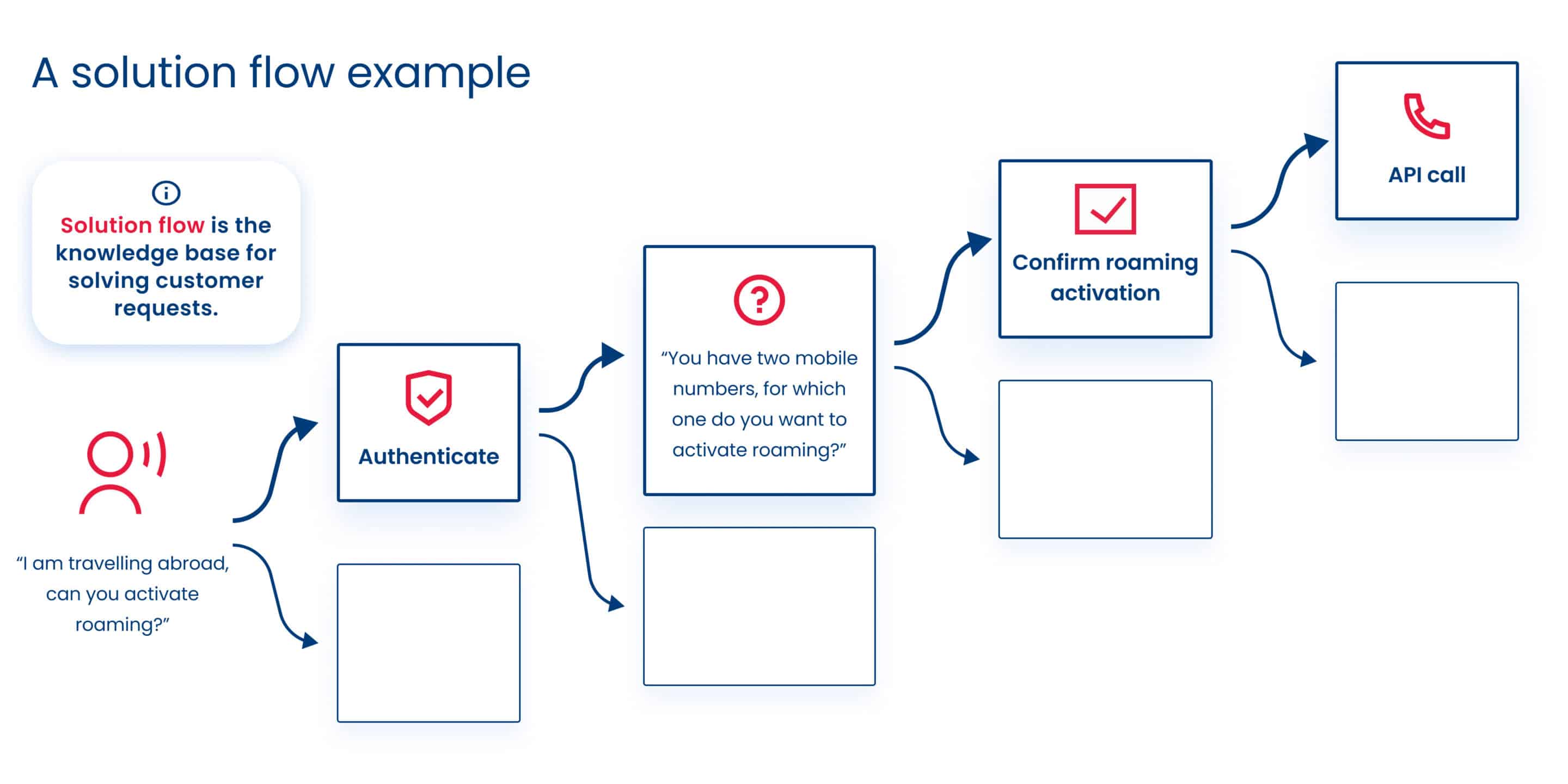Most people have interacted with a chatbot or have heard of it, at the very least on the concept level.
In fact, it has become an essential part of many businesses that have customer service or a service helpdesk, especially if they are within a mature or important industry with high customer expectations and fierce market competition.
Chatbots are artificial intelligence (AI) programs that can mimic human conversations or chat through messaging interfaces. These interfaces include websites, mobile applications, and messaging apps such as Facebook Messenger, WhatsApp, WeChat, and Viber.











